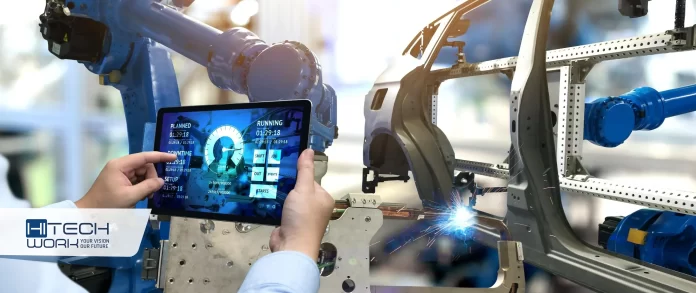Automotive manufacturing has long been synonymous with precision and efficiency, demanding the highest standards of quality due to the direct impact on consumer safety and product performance. Ensuring each vehicle meets these standards is a formidable challenge, one that has been transformed by technological advancements in visual inspections. A pivotal enhancement in this domain is the use of the annotation tool, which has significantly refined the process of quality control.
The Role of Visual Inspections in Automotive Manufacturing
Visual inspections are a cornerstone of quality assurance in automotive production. These inspections require a keen eye to identify defects from minor cosmetic issues to potential safety failures. Traditionally, this process was entirely manual, with inspectors relying on their experience and judgment to spot problems. However, manual inspections are inherently limited by human efficiency and the potential for error, challenges that are adeptly addressed by the integration of digital technologies.
Introducing the Annotation Tool
The adoption of the annotation tool in visual inspections marks a significant evolution in quality control technology. This tool allows inspectors to use digital images or real-time video feeds to annotate and highlight areas of concern, making it easier to pinpoint and describe issues. The annotation tool is not just a digital pen but a comprehensive system that supports adding tags, notes, and detailed descriptions directly onto the image of the inspected part.
Advantages of Annotated Visual Inspections
The annotation tool offers numerous advantages over traditional visual inspection methods:
Enhanced Accuracy:
- The annotation tool enables inspectors to magnify images and examine minute details, reducing the chances of overlooking small defects. These tools allow for precise defect documentation directly on the component’s image, which minimizes errors in data transcription and increases the reliability of the inspection process.
Consistency and Standardization:
- Using an annotation tool standardizes the inspection process by utilizing predefined tags and labels that reduce individual judgment errors. Consistency in how defects are recorded and described ensures that quality standards are uniformly applied to all products, which is crucial for maintaining the integrity of the automotive brand.
Increased Efficiency:
- Annotated visual inspections streamline the entire quality control process. By marking defects directly on images, inspectors can save significant time compared to traditional methods that might require extensive written descriptions and manual data entry. This efficiency not only speeds up the inspection process but also helps in faster decision-making regarding necessary corrections.
Data Integration:
- The annotation tool facilitates better data integration. Annotations can be automatically compiled into reports that provide a comprehensive overview of detected defects and inspection outcomes. This integration supports more effective communication between teams, such as engineering and production, to quickly implement necessary adjustments.
Combining Technologies for Superior Quality Control
The impact of the annotation tool is magnified when combined with other advanced technologies in automotive manufacturing. For instance, integrating automated imaging systems with the annotation tool allows for continuous, real-time inspections without human intervention. Additionally, when paired with artificial intelligence (AI), the system can learn from accumulated data to predict potential defect trends and alert inspectors to areas that require attention.
AI algorithms can analyze annotated images to identify patterns or recurring issues, which can preemptively inform design modifications or adjustments in the manufacturing process before they lead to more significant problems. This proactive approach not only enhances product quality but also contributes to more sustainable manufacturing practices by reducing waste.
Conclusion
The integration of the annotation tool in automotive manufacturing quality control has redefined the standards and expectations of the inspection processes. With its ability to increase accuracy, ensure consistency, and speed up inspections, the annotation tool has become indispensable in the automotive industry’s pursuit of perfection. As technology continues to advance, the synergy between human expertise and digital precision tools like the annotation tool will continue to play a critical role in developing safer, more reliable vehicles. This tool does not just support quality control but enhances it, promising a new era of manufacturing excellence.






